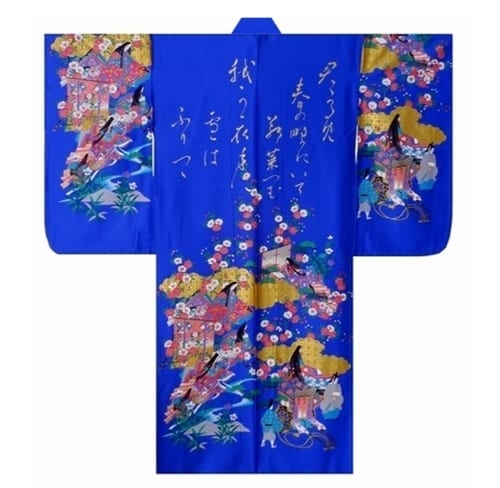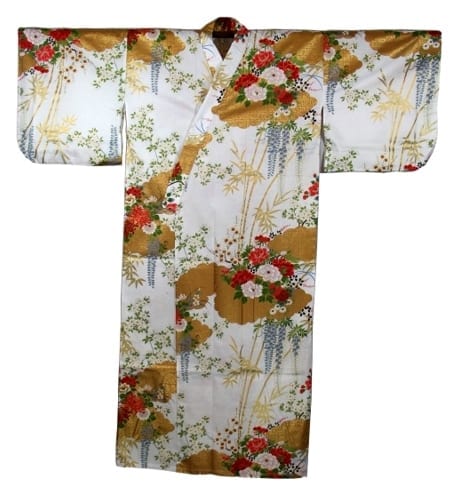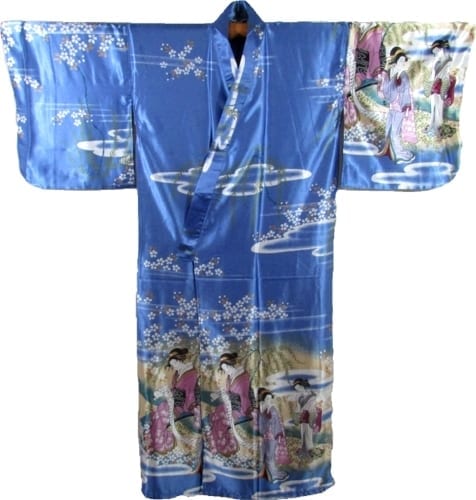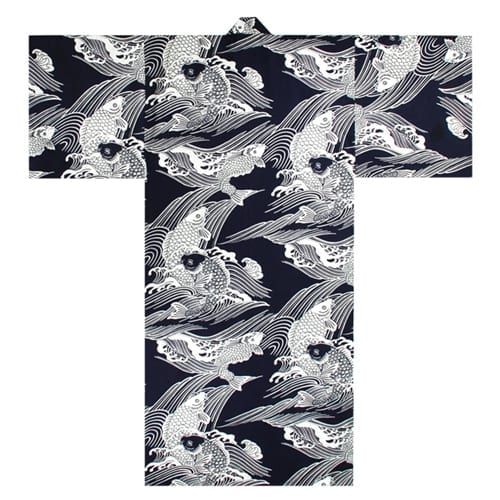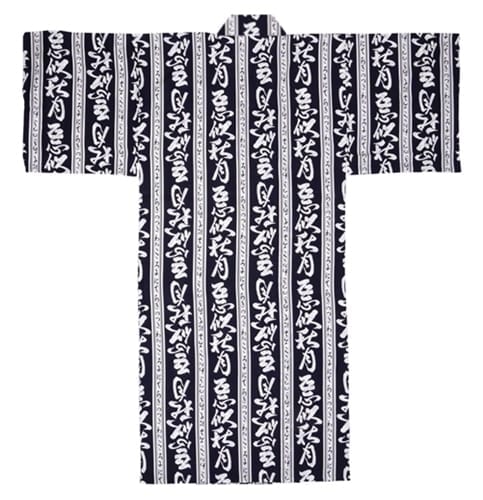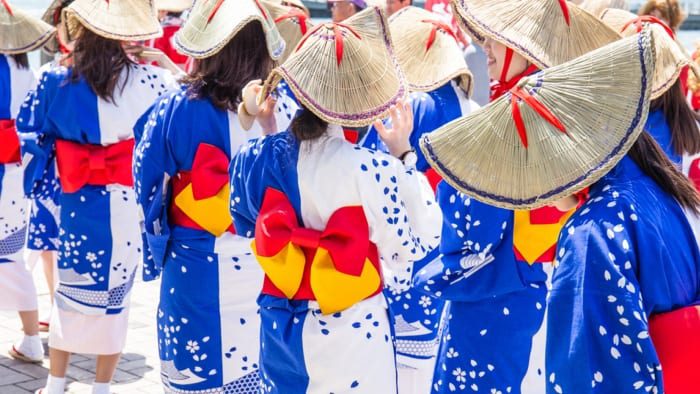
The “kimono,” meaning “something to wear,” historically drew inspiration from Chinese regalia and was the traditional attire for everyday wear in Japan. Classic kimonos are made from silk, and even modern versions retain a luxurious satin-like material. Wearing a proper kimono is a complex process, involving underlayers as part of the full outfit and requiring specific undergarments.
On the other hand, the yukata is derived from the kimono but is a simpler, unlined cotton robe without the intricate flair of a kimono. Yukatas feature straightforward prints like repeated floral patterns and are better suited for warm weather. Originally, the term “yukata” meant “bathing clothes,” and they were initially used as bathrobes. In recent times, yukatas have expanded beyond the bathhouse and are now acceptable attire for casual events such as summer festivals and outdoor gatherings. Commonly worn with sandals and no socks, yukatas have also influenced modern terry cloth bathrobes in both function and design.
While kimonos were once commonly worn, they are now typically reserved for special occasions such as weddings, funerals, birthdays, and tea ceremonies, similar to how tuxedos and evening gowns are worn in the West. In contrast, yukatas have taken over as the go-to Eastern garment for daily wear in much of Japan. Each attire has claimed its distinct niche in modern Japanese society.
At Japanese Style, we offer a selection of both yukatas and kimonos. If you have any questions, feel free to email us!

